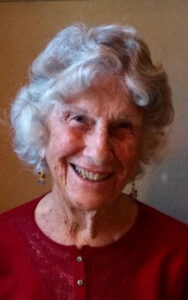 Doris L. (Hart) Rust, 100, beloved member of the Annisquam community, passed away peacefully on Saturday evening, March 9, 2024, at her home. She was the wife of the late Howard E. Rust. Born in Somerville, she was the daughter of the late Edward Hart and Maude Stanford Hart. She was predeceased by her son, Gary H. Rust, and her sister Constance Phelps.
Doris L. (Hart) Rust, 100, beloved member of the Annisquam community, passed away peacefully on Saturday evening, March 9, 2024, at her home. She was the wife of the late Howard E. Rust. Born in Somerville, she was the daughter of the late Edward Hart and Maude Stanford Hart. She was predeceased by her son, Gary H. Rust, and her sister Constance Phelps.
Doris was a graduate of Melrose High and later the Massachusetts College of Pharmacy and Health Services and the Forsyth School of Dental Hygiene. She loved her work as a dental hygienist which she did for 33 years. Prior to Annisquam Doris and Howard lived for 17 years in Redding, CT where they raised their son. Doris also treasured her time at her cottage on Merchant’s Island where she stayed for over 70 summers.
Throughout her life Doris was an adventurer. She downhill skied, boated, and frequently swam in the ocean (up until her mid-nineties!) She was also an extremely active volunteer. In Redding she was a deaconess at the Congregational Church of Redding and a Cub Scout leader. In Annisquam she enjoyed being a part of the Essex Green Belt, the Garden Club, Good Neighbors, Annisquam Exchange, Cape Ann Museum, and the Annisquam Sewing Circle, of which she served as President for 6 years.
She is survived by her nieces, Sandy Phelps of Corpus Christi TX and Susan McNerney of MN, and numerous cousins including Cecily Baran of Madison CT, Barbara Mee of Londonderry NH, and Jennifer Ross of Ft. Meyers FL.
A celebration of her life will be held at the Annisquam Village Church on Friday, May 24 at 11am. Contributions may be made in Doris’ memory to the Essex County Greenbelt, 82 Eastern Avenue, Essex, Massachusetts 01929.

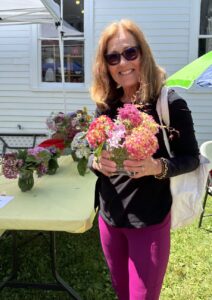
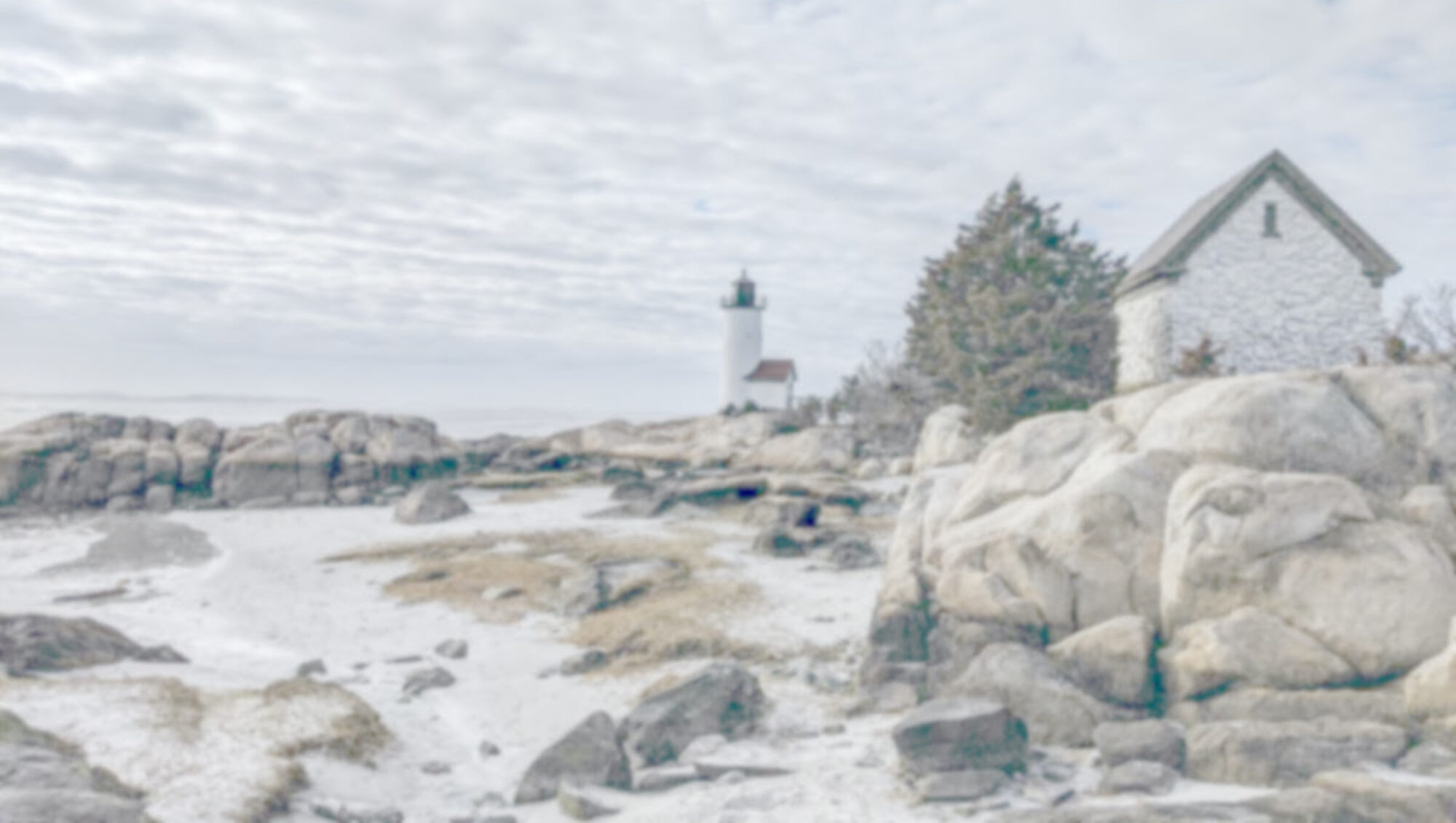
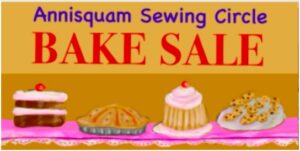
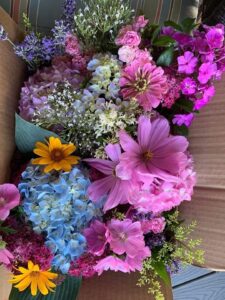
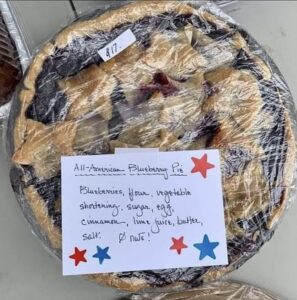
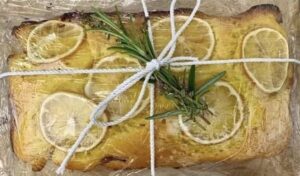
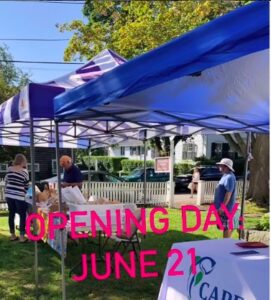 The Annisquam Farmers’ Market
The Annisquam Farmers’ Market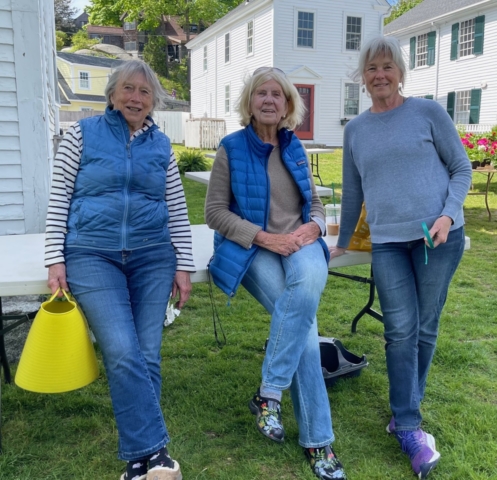
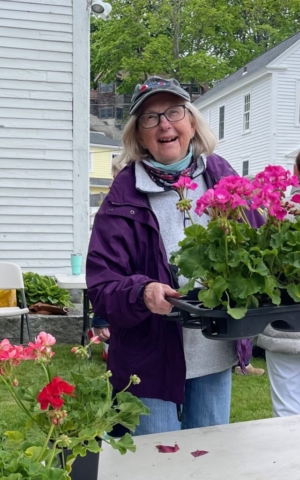
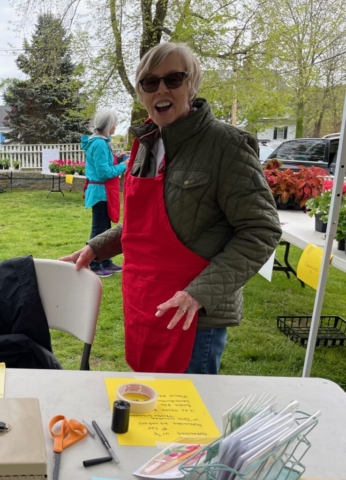
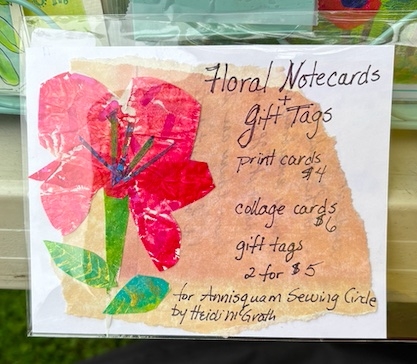
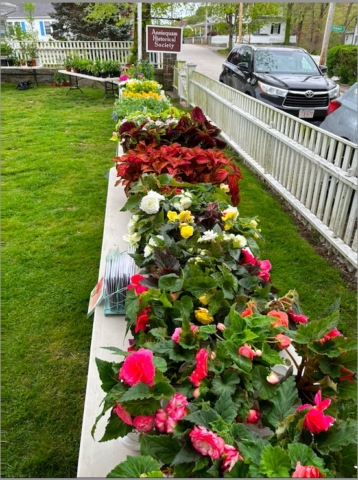
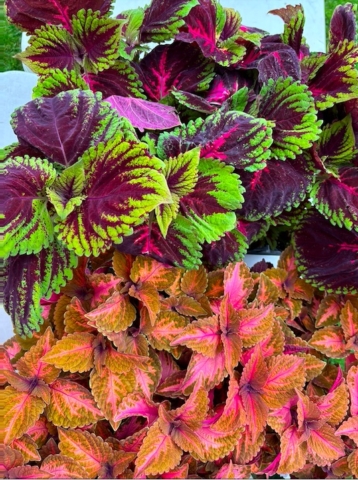
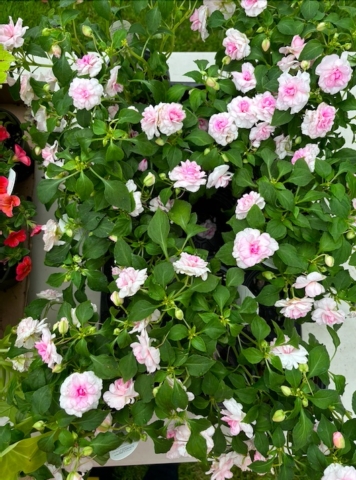
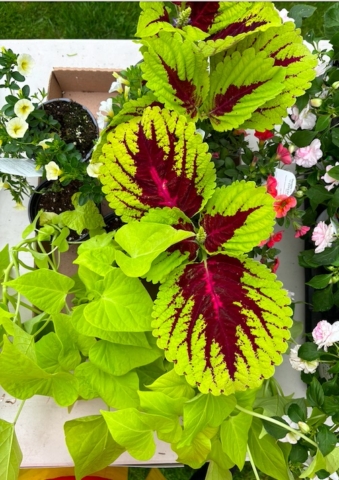
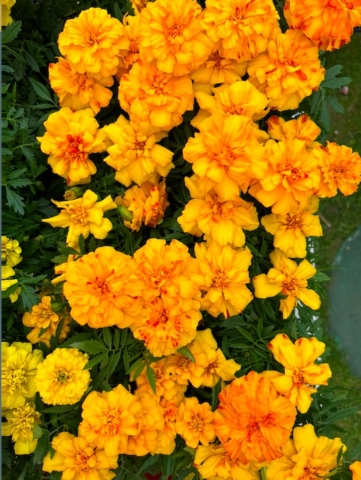
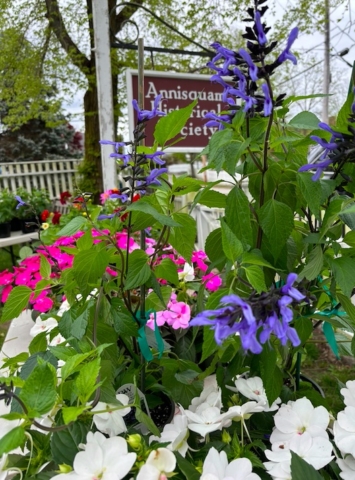
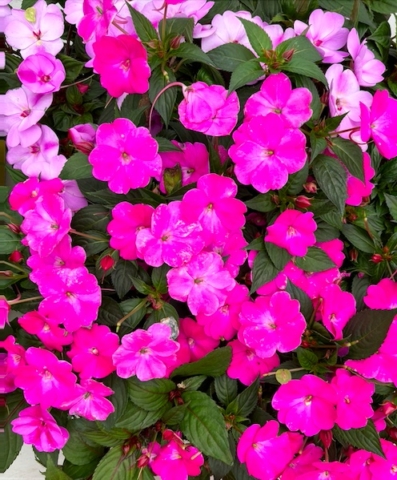
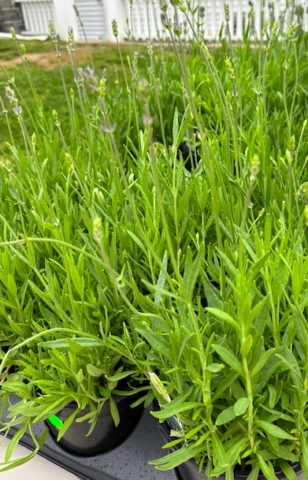
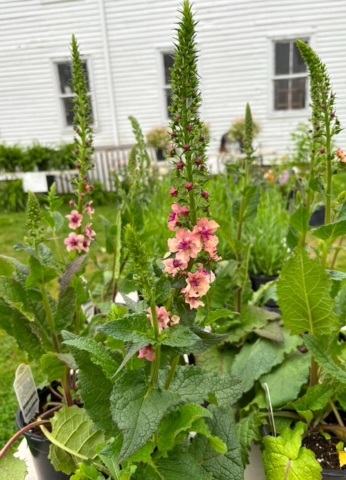
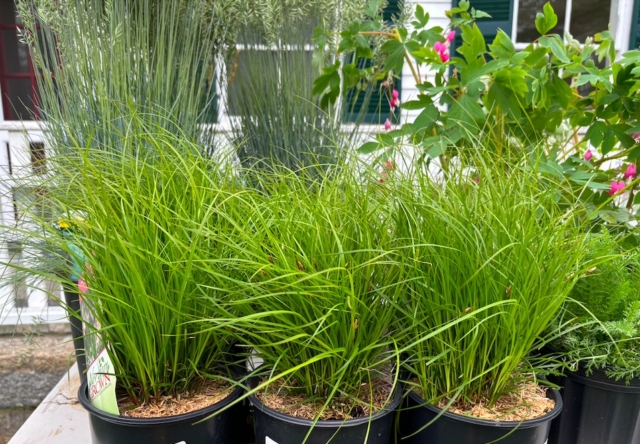
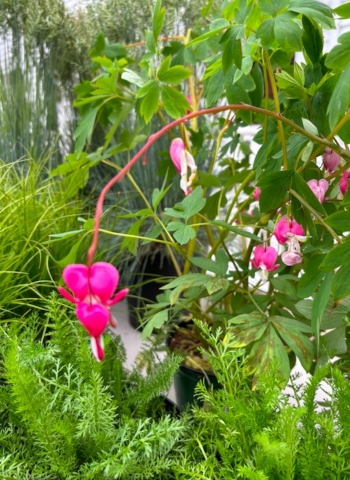
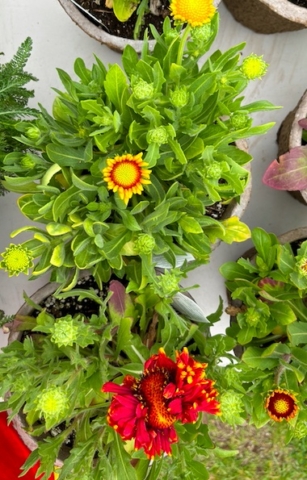
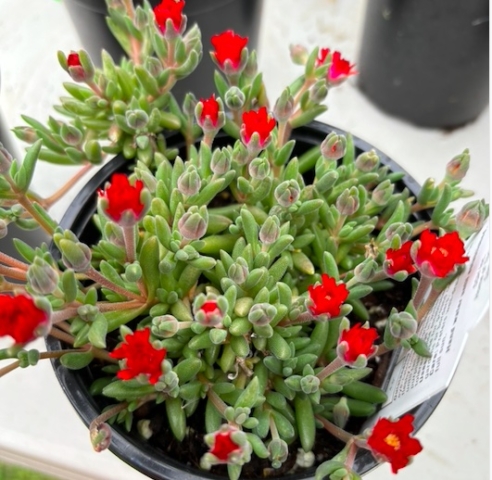
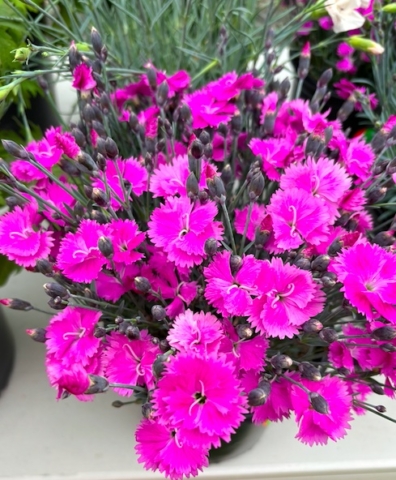
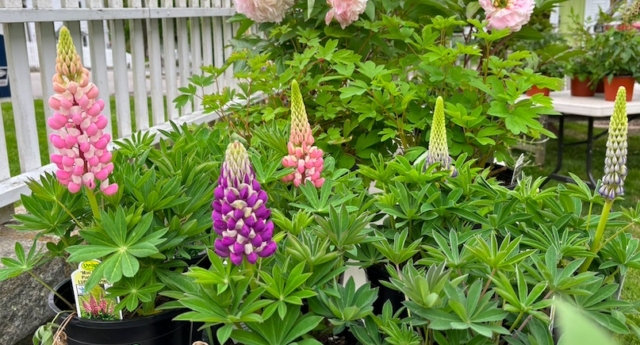

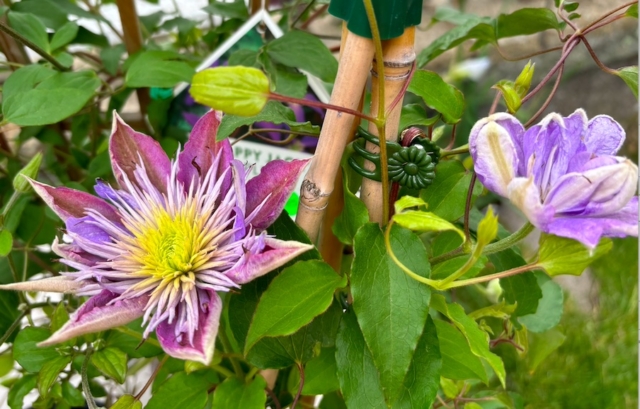
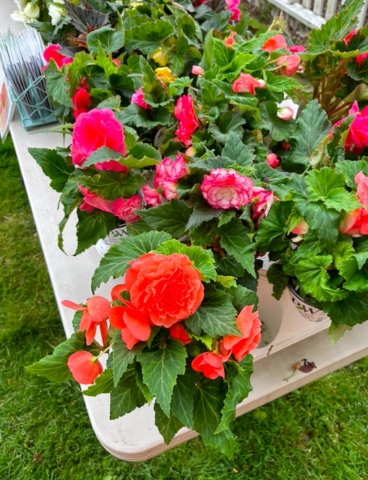
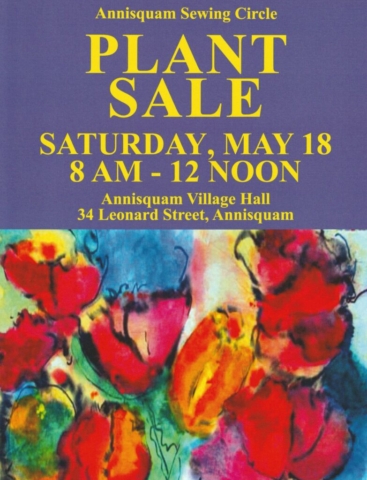
 Photograph taken in the Village Library a number of years ago you will find Doris Rust near the center.
Photograph taken in the Village Library a number of years ago you will find Doris Rust near the center. Doris L. (Hart) Rust, 100, beloved member of the Annisquam community, passed away peacefully on Saturday evening, March 9, 2024, at her home. She was the wife of the late Howard E. Rust. Born in Somerville, she was the daughter of the late Edward Hart and Maude Stanford Hart. She was predeceased by her son, Gary H. Rust, and her sister Constance Phelps.
Doris L. (Hart) Rust, 100, beloved member of the Annisquam community, passed away peacefully on Saturday evening, March 9, 2024, at her home. She was the wife of the late Howard E. Rust. Born in Somerville, she was the daughter of the late Edward Hart and Maude Stanford Hart. She was predeceased by her son, Gary H. Rust, and her sister Constance Phelps.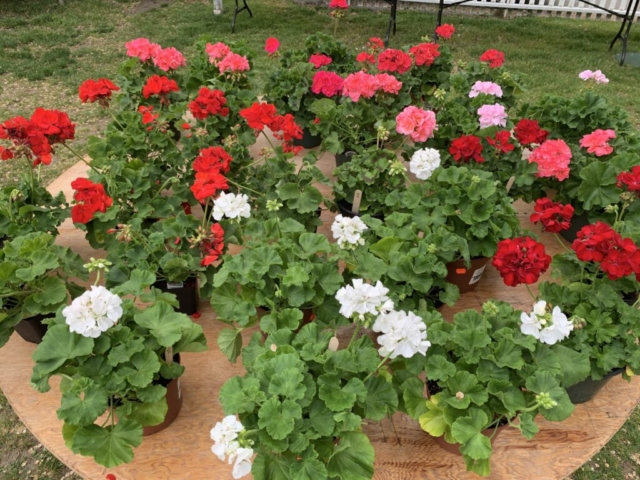
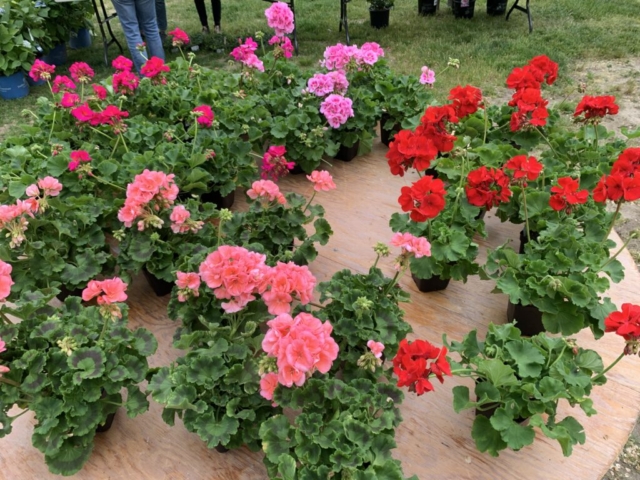
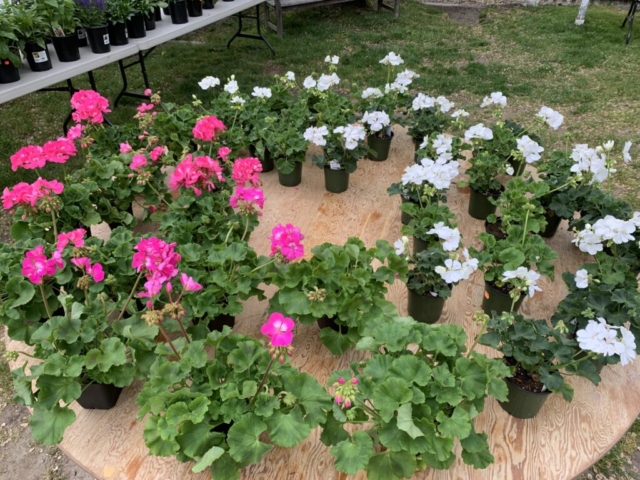
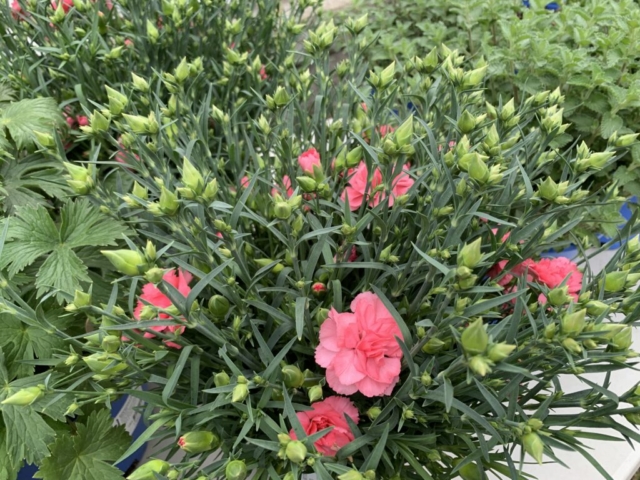
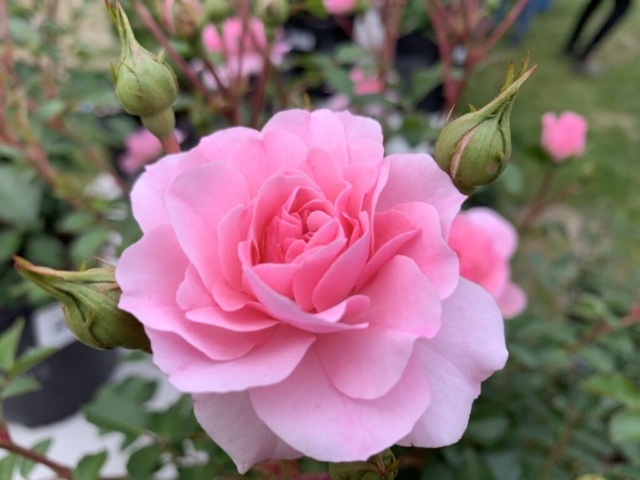
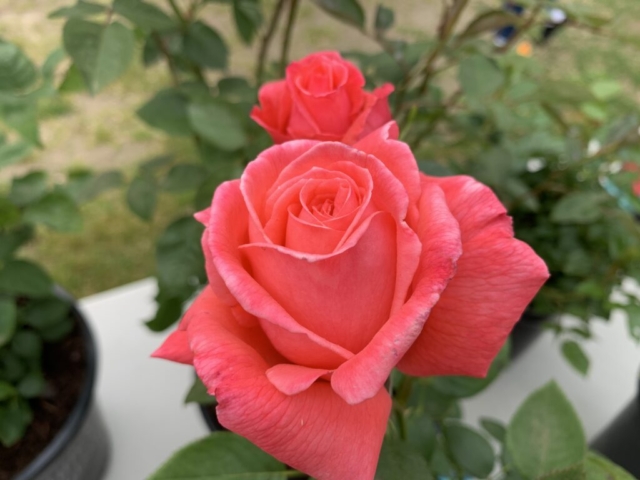
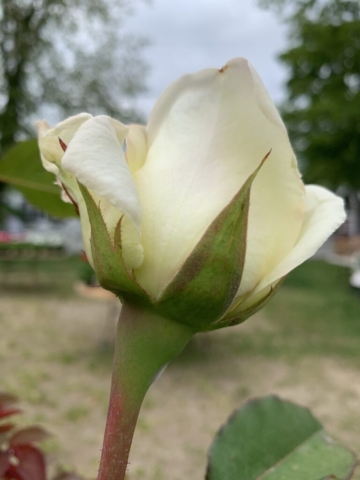
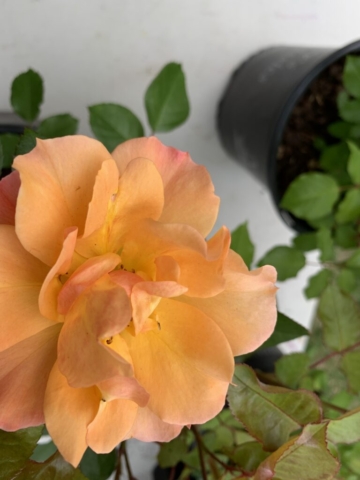
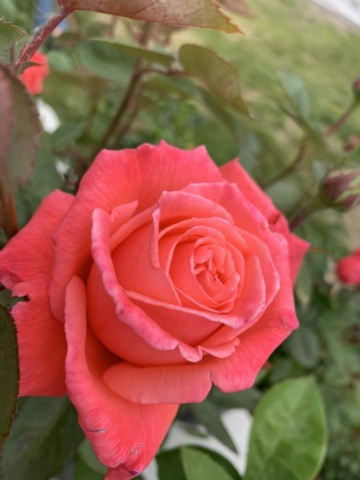
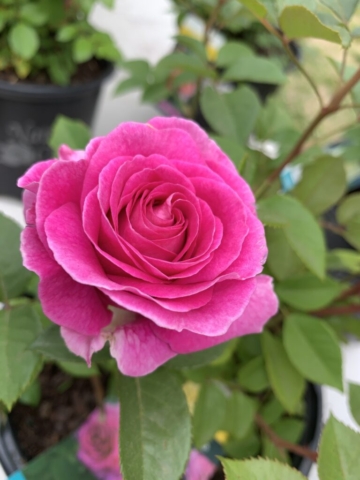
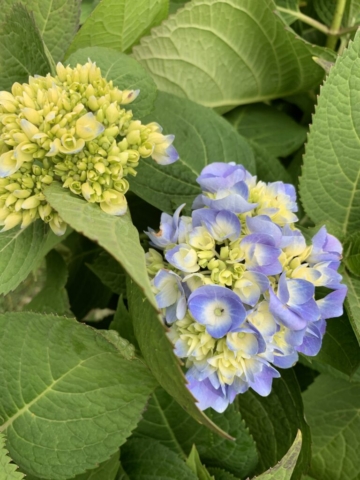
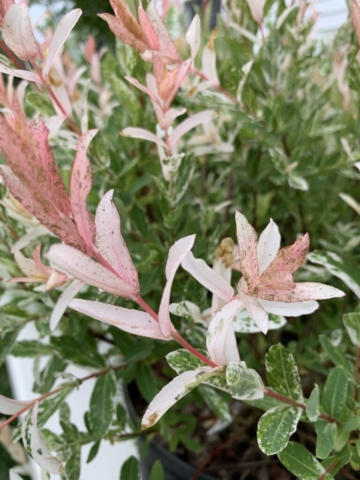
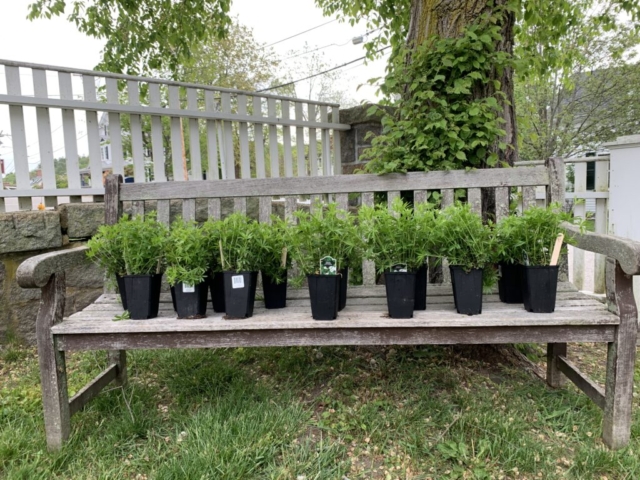
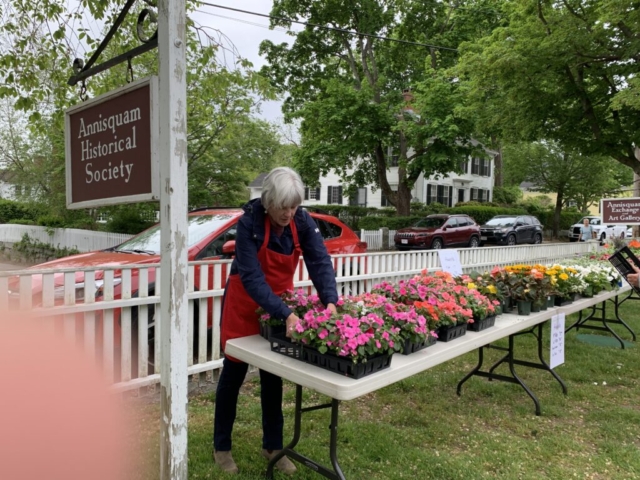

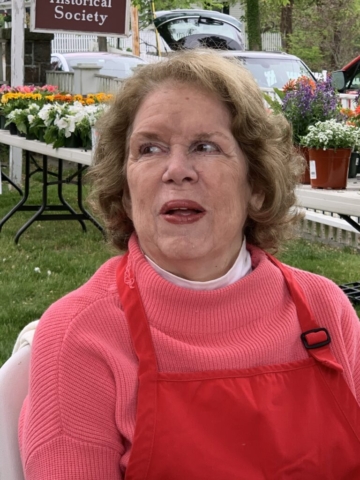
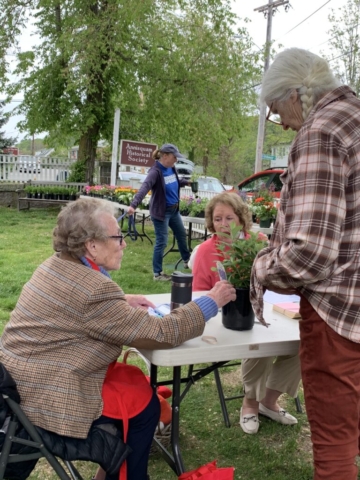
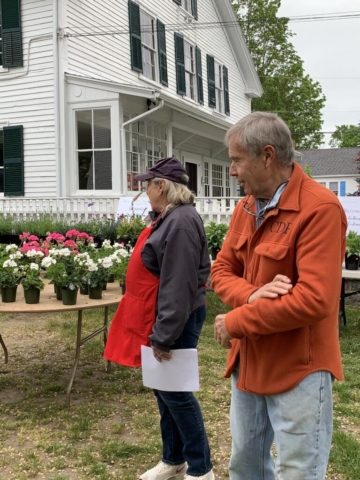
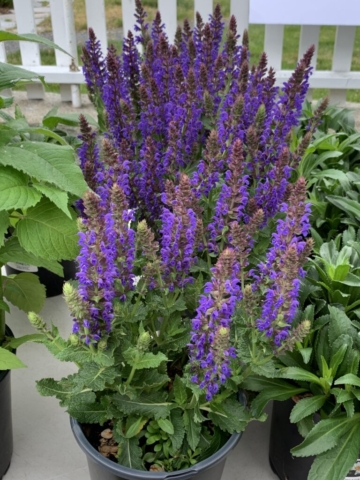
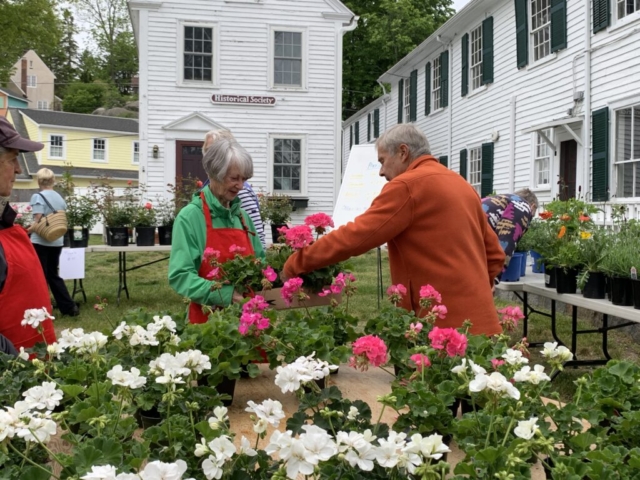
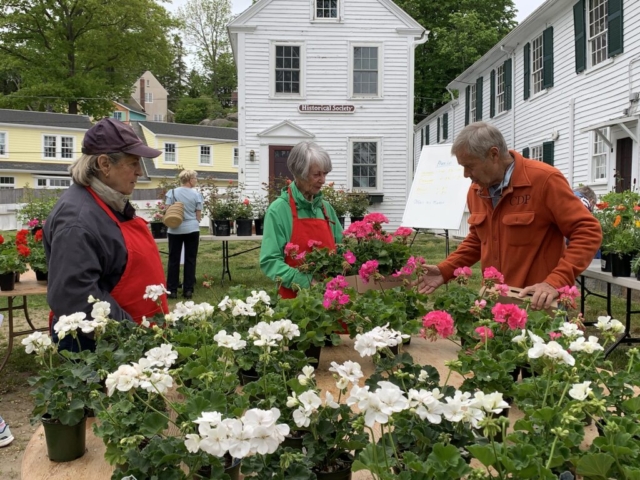
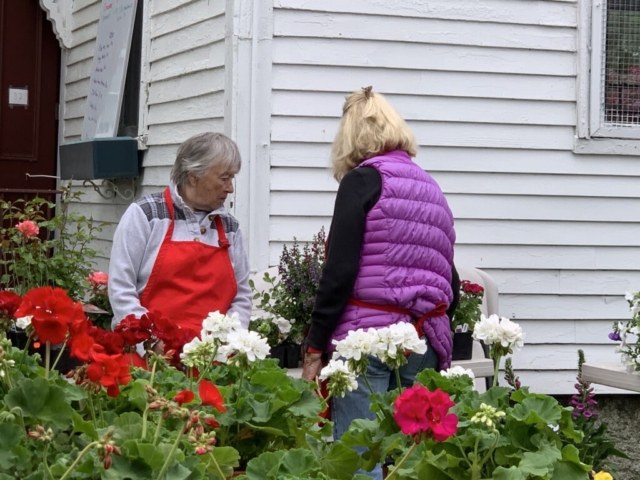
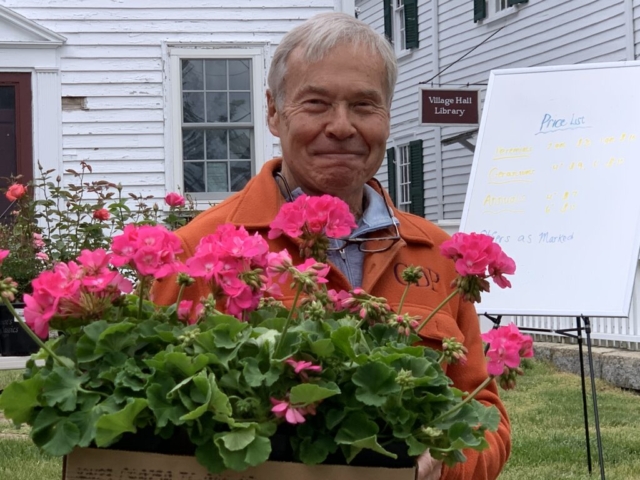
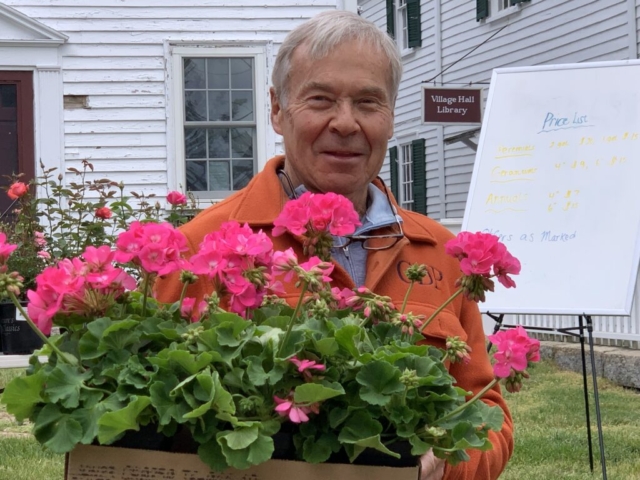
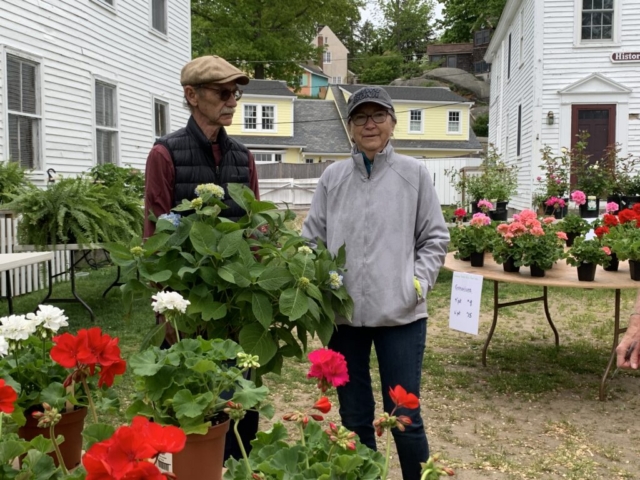
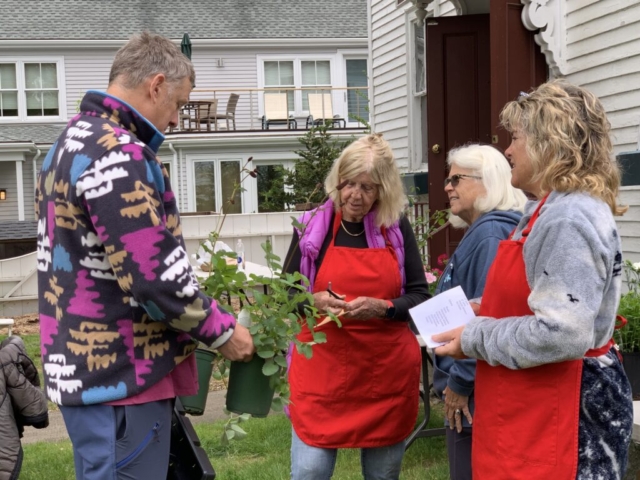
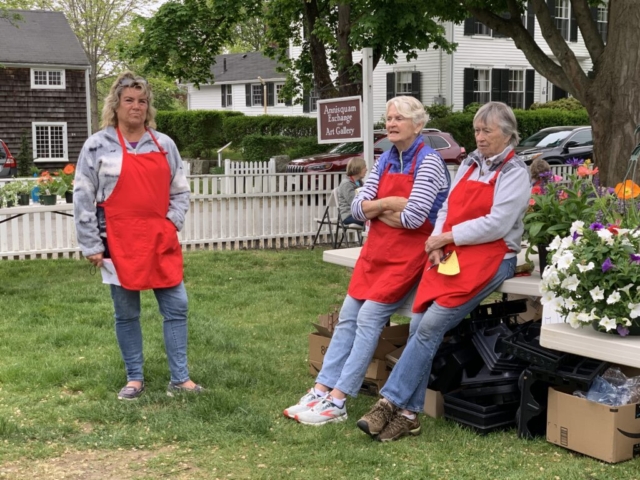
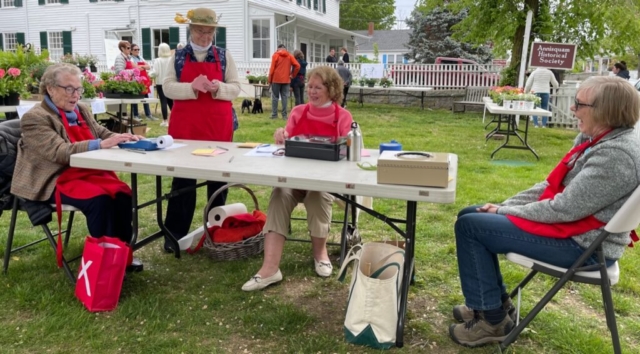
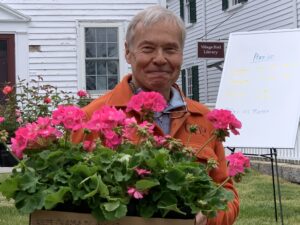 Saturday, May 18
Saturday, May 18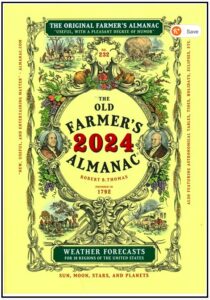 Thinking Spring!
Thinking Spring! Mar 14-28 Based on front date
Mar 14-28 Based on front date Mar 21-28 Based on Moon date
Mar 21-28 Based on Moon date